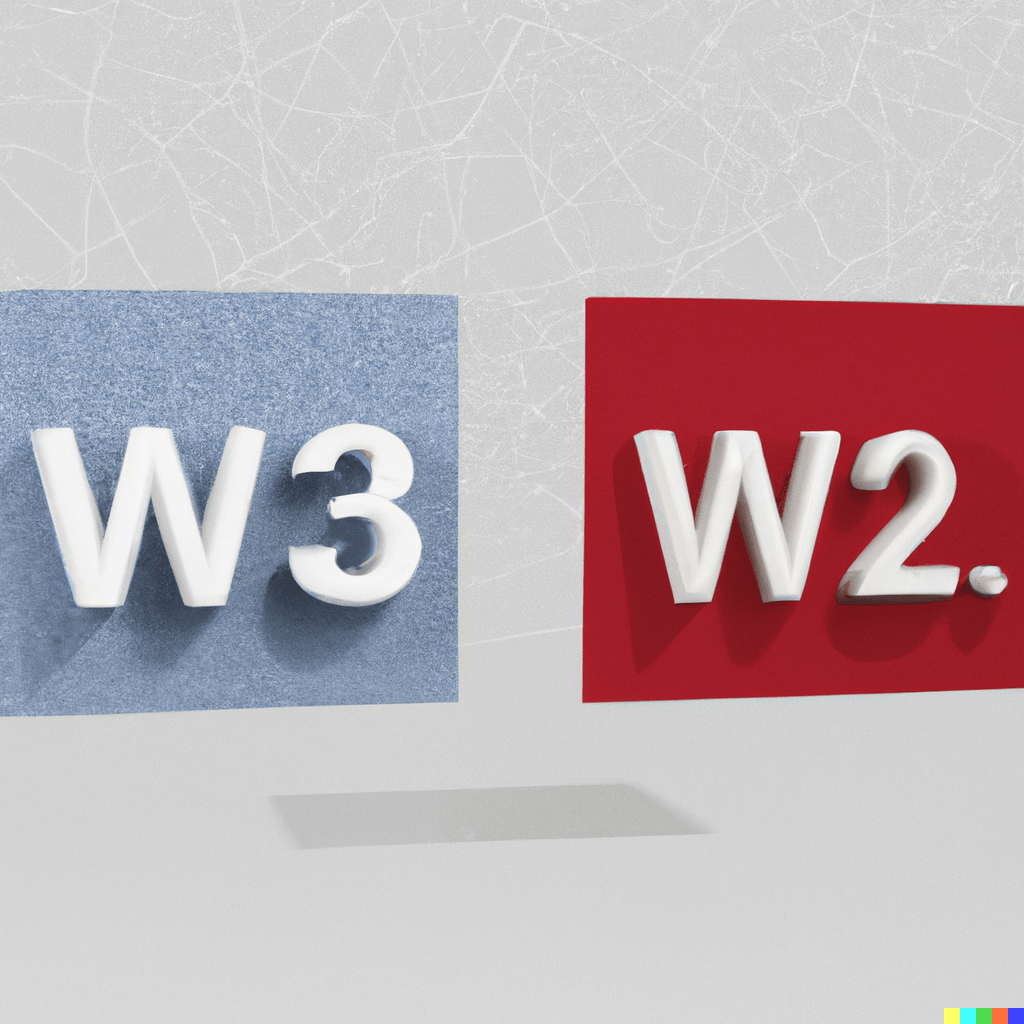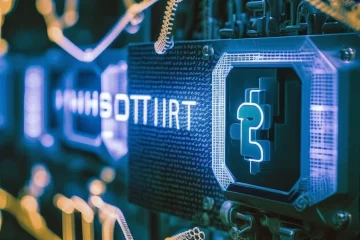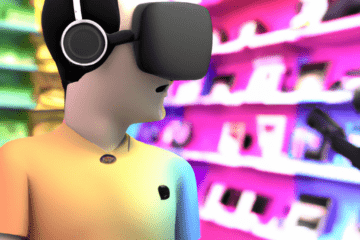Web3 is a new paradigm of the internet that promises to revolutionize the way we interact with technology and each other. In this blog, we will explore what Web3 is and how it is different from Web2.
What is Web3?
Web3 is the next iteration of the internet that is being developed with blockchain technology at its core. It is a decentralized and distributed network that enables direct peer-to-peer transactions and interactions without the need for intermediaries or middlemen. Web3 is built on the principles of decentralization, privacy, and security.
How is Web3 different from Web2?

Web2 is the current state of the internet that is based on centralized platforms and services. In Web2, users rely on centralized servers and data centers to access content and services. This centralization has led to issues with data privacy, security, and censorship.
Web3, on the other hand, is a decentralized and distributed network that is not controlled by any single entity. In Web3, users have more control over their data and can interact directly with each other without the need for intermediaries. Web3 uses blockchain technology to create a transparent and secure network where transactions and interactions can take place without the need for trust or centralization.
Decentralization:
The key difference between Web2 and Web3 is decentralization. In Web2, the internet is controlled by a few dominant players such as Facebook, Google, and Amazon. These companies control the majority of the internet’s traffic and user data. This centralization has led to concerns about data privacy, security, and censorship.
Web3, on the other hand, is a decentralized and distributed network that is not controlled by any single entity. It is built on blockchain technology, which enables direct peer-to-peer transactions and interactions without the need for intermediaries or middlemen. In Web3, users have more control over their data and can interact directly with each other without the need for centralized platforms or services.
Privacy:
Privacy is another area where Web3 differs from Web2. In Web2, users’ data is collected and controlled by centralized platforms and services. This has led to concerns about data privacy and security.
Web3, on the other hand, is built on the principles of privacy and security. It uses encryption and cryptography to ensure that users’ data is secure and private. Web3 also enables users to control their data and decide who has access to it.
Security:
Security is another area where Web3 differs from Web2. In Web2, centralized platforms and services are vulnerable to attacks and hacks. This can lead to data breaches and the loss of sensitive user data.
Web3, on the other hand, is built on a distributed and decentralized network that is more secure and resilient to attacks. Blockchain technology is used to ensure that transactions and interactions are transparent and secure. Web3 also enables users to control their data and protect it from unauthorized access.
Conclusion
Web3 is the next iteration of the internet that is being developed with blockchain technology at its core. It is a decentralized and distributed network that enables direct peer-to-peer transactions and interactions without the need for intermediaries or middlemen. Web3 differs from Web2 in its approach to decentralization, privacy, and security. Web3 is still in its early stages, but it has the potential to revolutionize the way we interact with technology and each other.


